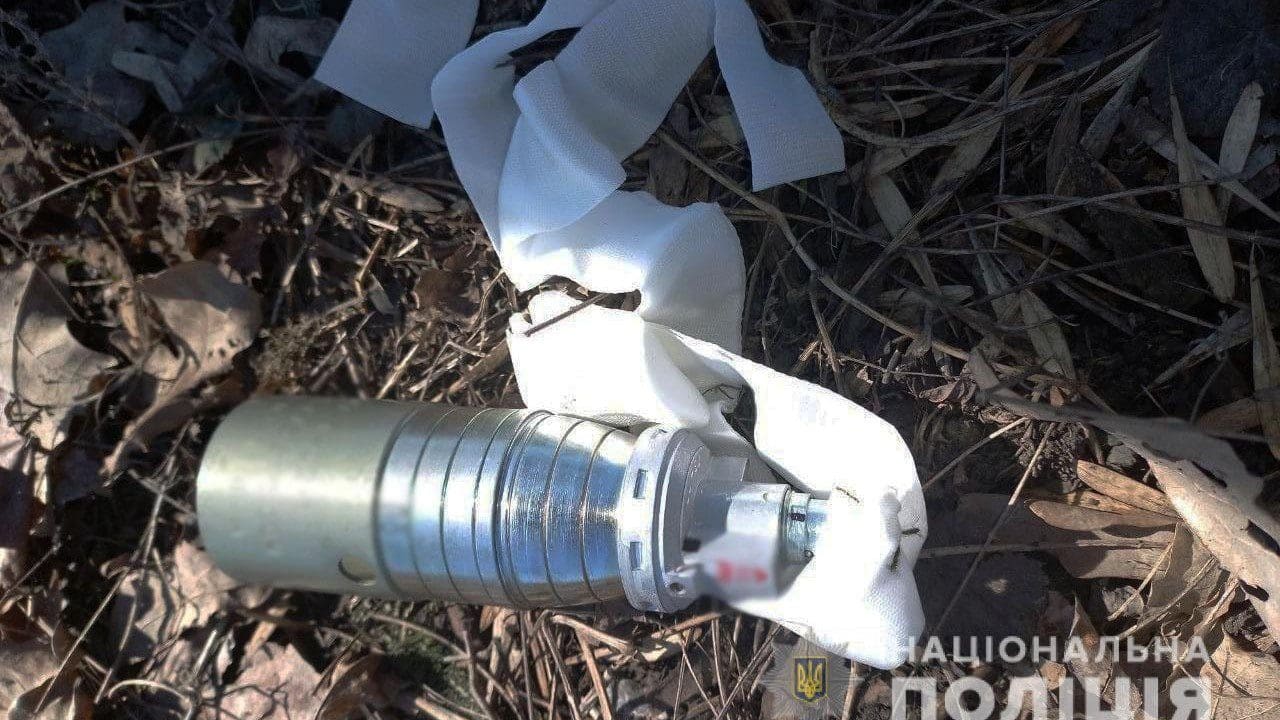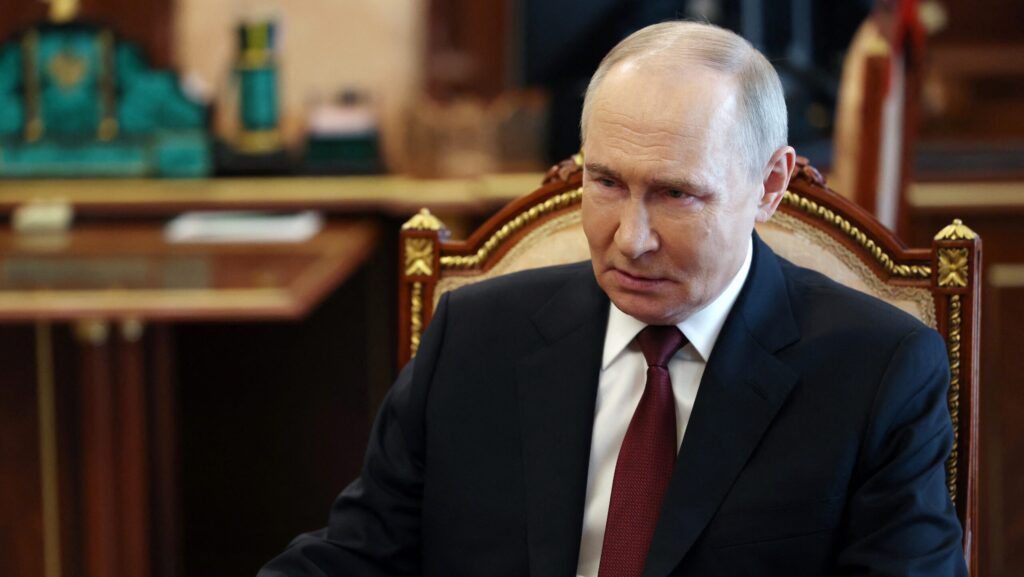The US has recently announced that it would ship cluster bombs to Ukraine. The announcement has generated serious debates as cluster bombs have been a subject of widespread concern and opposition, and are in fact banned by more than 100 states, including Hungary, that are signatories to the Convention on Cluster Munitions. Regrettably, neither Russia, nor Ukraine or the United States are part of this crucial international convention.
Russia has been reportedly using cluster munitions in Ukraine ever since the early days of the conflict. This raises serious concerns about the safety of the Ukrainian civilian population, as the deployment of these bombs are known to have devastating consequences.
The reason for the widespread ban and growing concern surrounding cluster munitions is that
they tend to kill and injure civilians as well.
Unlike ‘unitary’ bombs, cluster munitions are not single shells; instead, they consist of a dispersive mechanism that releases numerous grenade-like bomblets mid-air, designed to explode upon impact. However, many of these smaller submunitions fail to detonate upon landing, remaining in the ground for extended periods, posing a threat to the civilian populations be they farmers, children playing or any passers-by. Large areas may remain risky to access for extended periods of time due to the presence of these unexploded bomblets.
On the one hand, it is understandable that Ukraine wants to use this deadly weaponry as they continue to face an unjustifiable and morally abhorrent invasion. Unfortunately for the Ukrainian side, since the December counteroffensive and the famous retake of Kherson there has been limited progress in regaining their territories. In the hope of achieving victory, Kyiv might see cluster munitions as a valuable tool as they are highly effective and have the capability to decimate large groups of entrenched infantry, artillery squads, light vehicles, and convoys. As opposed to cluster bombs, standard ‘unitary’ explosives are more suitable for targeting fortified structures and objects. Considering the need to economise resources and maximise military effectiveness, it makes little sense to use shells designed for demolishing buildings against dispersed infantrymen and vehicles.
On the other hand, there is evidence that the cluster munitions used by the Russians have a dud rate of 40 per cent, meaning that nearly half of the bomblets they disperse remain unexploded in the ground until someone unintentionally touches them. This poses a grave risk to civilians. If Ukraine uses a similar technology, it can potentially have a devastating impact on the civilian population that has already suffered a lot. According to an American source, however, the weaponry the US is going to send to Ukraine is based on a much superior technology, with a 2.35 per cent dud rate.
What is also important to recognise is that in the case of war,
a single weapon, technology, or tactics can never be game changers.
An armed conflict is a confrontation of two wills, and all military plans that failed to take into account the enemy’s reaction to their actions have failed historically. Only when the enemy’s strength is severely weakened can one side formulate plans without constant concern for the other’s response. As of August 2023, both Russia and Ukraine are far from exhausting themselves to the point they can’t resist the action of the enemy or adequately respond to it. The situation remains complex and its developments largely unforeseeable; no one can predict how the war will end. Therefore, singling out a weapon that causes serious collateral damage with the hope of achieving victory with its help is a suboptimal strategy.
Even if the international community perceives one of the fighting sides as holding the moral high ground, it is essential not to treat any party as uncriticisable. If it is indeed true that the weaponry Ukraine is about to acquire has a significantly smaller dud rate than its Russian equivalent, then that of course is good news for the Ukrainian population that has already suffered so much, as well as for the post-war reconstruction of Ukraine. But whatever the case is, we should not turn a blind eye to any potential wrongdoings on Ukraine’s part by holding it to a standard different from its adversary.








